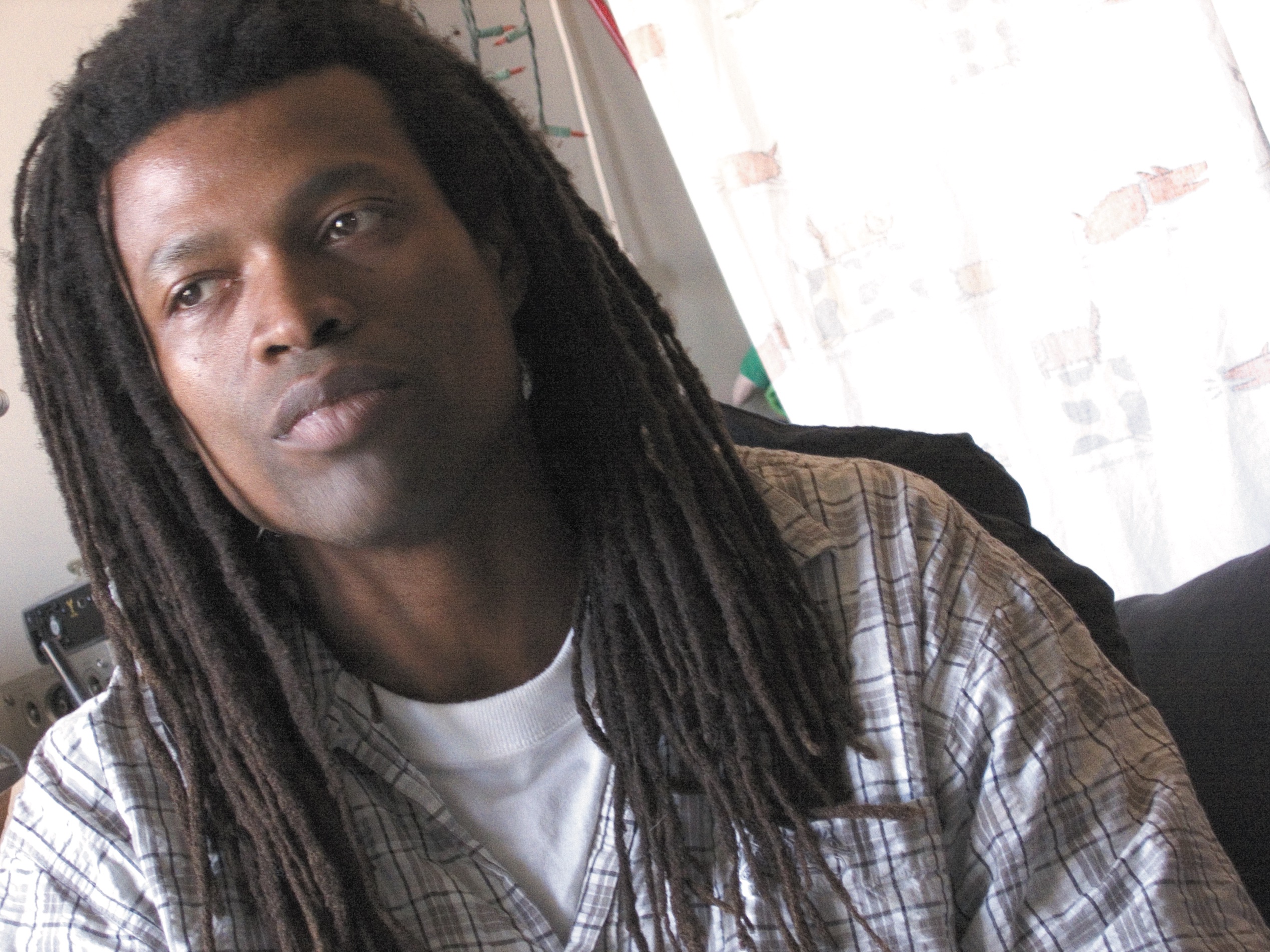BY TERRY
SETTER, ANTHONY
SARTI [ILLUSTRATION]
When you ask someone in the recording business who the top engineers and producer are, you won't have to wait long before hearing the name George Massenburg. His recording and producing credits are as impressive as anyone on the planet and they range from traditional and country music to hard rock, R&B and soul. A short list from his 400+ titles includes 10,000 Maniacs, Aaron Neville, Arthur Conley, Billy Joel, Bonnie Raitt, Carly Simon, Cher, David Lindley, David Sanborn, The Dixie Chicks, Dolly Parton, Earth, Wind & Fire, Emmylou Harris, Frank Sinatra, Gordon Lightfoot, The Grateful Dead, Herbie Hancock, James Taylor, Jennifer Warnes, Jimmy Webb, Journey, Kenny Loggins, Linda Ronstadt, Little Feat, Lyle Lovett, Phil Collins, Philip Glass, Ramsey Lewis, Randy Newman and Ry Cooder. But wait... there's more! George is also a gifted electronics designer. He invented parametric EQ and his company, GML, makes some of the most highly respected recording equipment in the world. In fact, he is the only person that has won Grammies for both technical achievement and for his recordings. In addition to working in the studio and at GML, George is active as a teacher of recording arts at McGill University (Canada), UCLA, USC, MTSU, and The Berklee College of Music. He is a pioneer in 5.1 music mixes, and he is working within the industry to try to create viable standards for digital formats including delivery recommendations for master recordings. He has designed, built and managed several recording studios, and is currently working on an amazing state-of-the-art facility called Blackbird Studios, just outside of Nashville. George's motto is "Never give up" and he refuses to waste time, yet he retains the dignified and approachable manners of a true southern gentlemen. With all this to his credit, you might think that his early years were spent training at the feet of the masters, but that's not how it was. George had a DIY attitude from the beginning. He dropped out of an electrical engineering program when he realized that his professors wouldn't seriously consider innovative design ideas. At one point, a professor told him that the circuit he was working on (a gyrator) could not be realized. That circuit was already in his prototype of the first parametric equalizer — and it worked just fine. After that encounter, George could see the writing on the wall, so he put together a couple of prototype boxes and headed to France. By the time he returned, he was widely recognized as both a designer and recording engineer. The rest is audio history.









